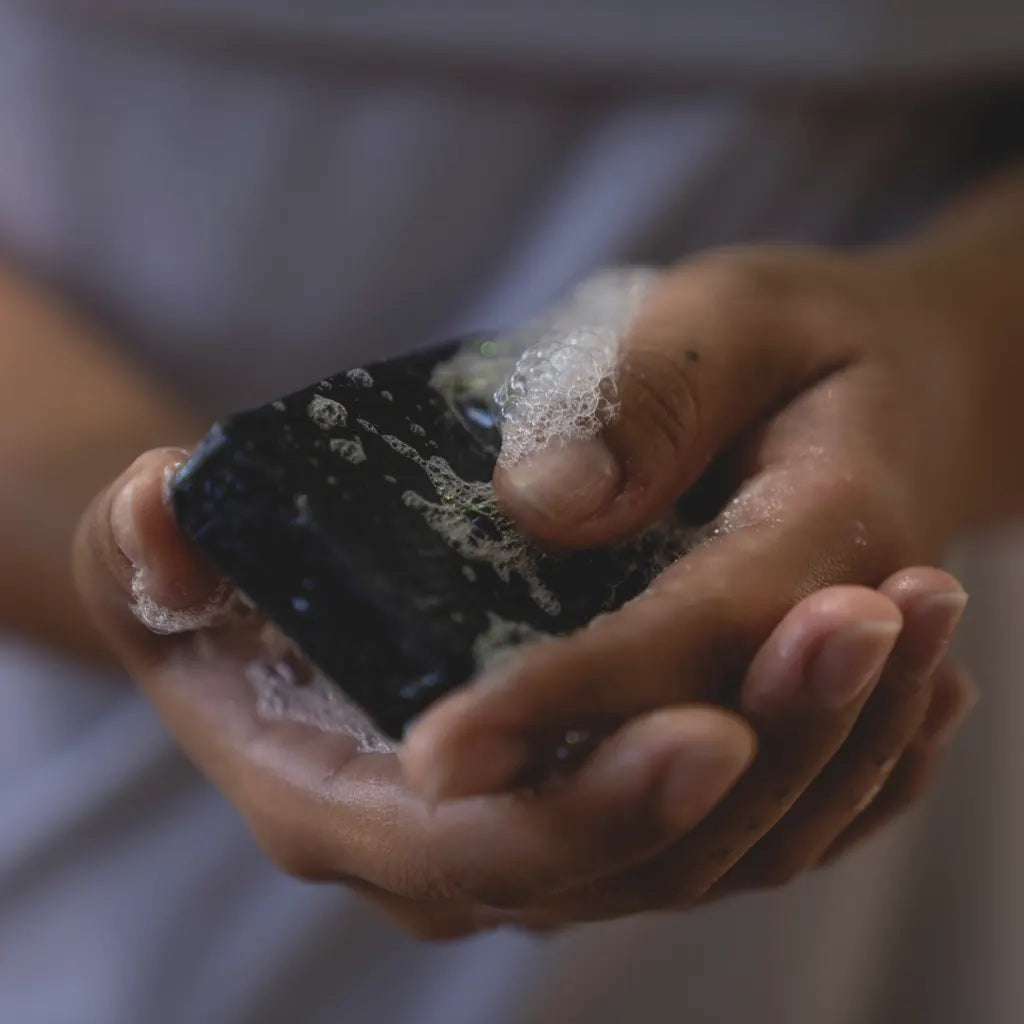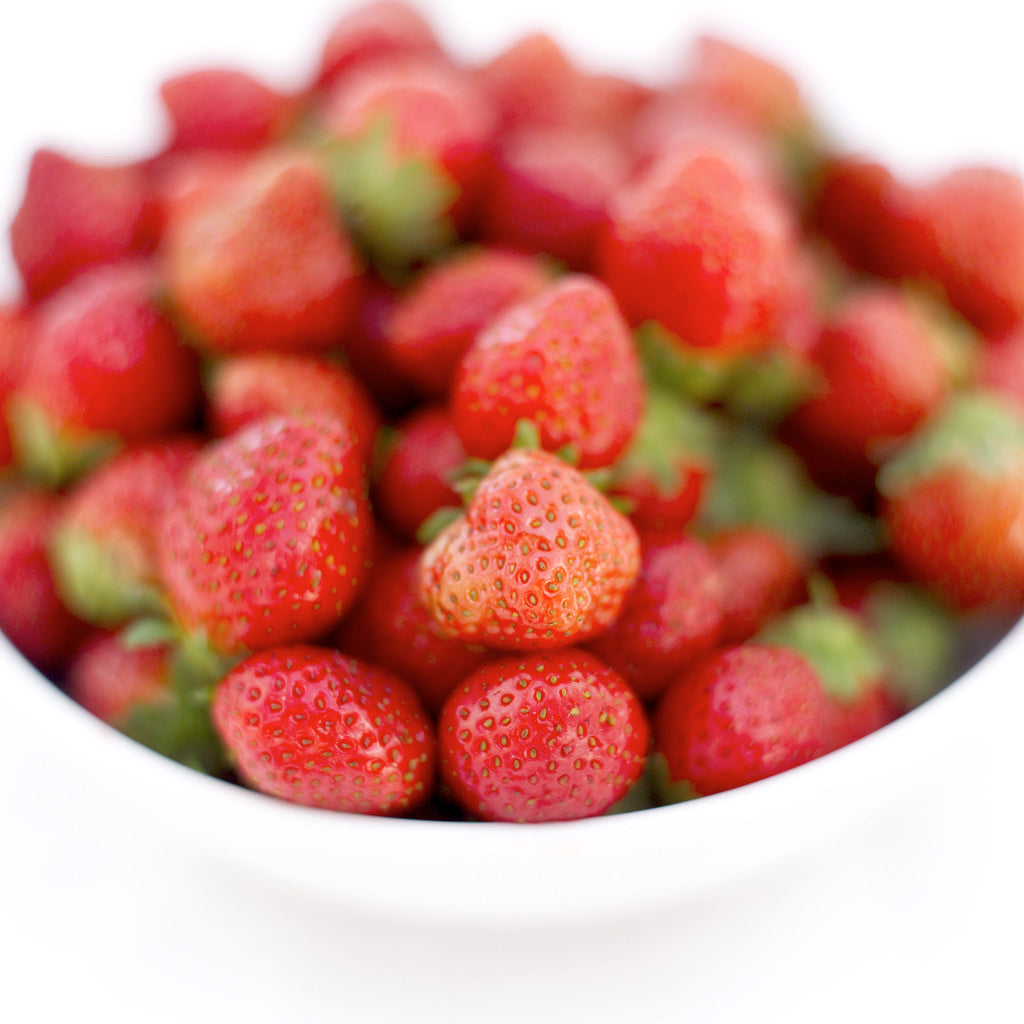The History of Soap
The Egyptian Ebert papyrus (1550 BCE) indicates the ancient Egyptians used soap as a medicine, probably to treat skin conditions and prevent disease, and for the preparation of wool for weaving.
In Ancient Rome, Pliny the Elder (one of my personal favorite) in his chronicles Historia Naturalis written in the first century AD (Anno Domini or common era) describes a recipe for sapo (Latin word for soap), obtained from wood ashes and animal fat or lard, as the invention of the Gauls (Celtic people) used as a shampoo to wash women's hair.
Ancient China had a similar product made from the seeds of the plant Gleditsia sinensis. True soap, made from either vegetable or animal fat did not appear in China until the modern era.
In the 8th century, soap making was well known in Italy and Spain. The royal will of Charlemagne mentions soap as being one of the products the stewards of royal estates are to tally. Medieval Spain were the leading soap makers by the 800. Soap making began in England around the 1200.
In Naples, Italy in the 4th century, a perfumed soap was exclusively made and used by high society women and knights. This soap was mentioned by Cervantes in chapter 32 of the Don Quixote de la Mancha.
In Europe soap in the 9th century was produced from animal fats which gave an unpleasant smell. This method of soap making changed when olive oil extracted from the native olive tree Olea europea began to be used instead, after much of Europe's soap production moved the Mediterranean olive-growing regions.
Hard toilet soap was introduced to Europe by the Arabs in the 15th century, even though it already existed in Naples for 900 years, gradually spreading throughout Europe as a luxury perfumed item.
By the 1500 the manufacturing of soap had become industrialized in Castile, Marseille, Naples and Venice.
So even though the world considers soap an invention of Mesopotamia, in reality several other ancient civilization discovered similar methods of producing what we know as soap.
What is a Soap in modern times?
In simple terms a soap is a salt, exclusively produced by the saponification of fats with an alkali. To formulate a solid or a bar of soap, the common alkali used is Sodium Hydroxide, while for the formulation of a liquid soap the common alkali used is Potassium Hydroxide. Without a lye, there's no soap, is that simple.
Soaps as we know them today, are regulated by the many government bodies around the world to protect consumers and restrict its production to be the original true soap.
The FDA's definition of the term "Soap" is well established in the law. The term soap is applied only when:
- The bulk of the nonvolatile matter in the product consists of an alkali salt of fatty acids and the product's detergent properties are due to the alkali-fatty acid compounds, and
- The product is labeled, sold, and represented solely as soap. (1, 2)
If the product meets the regulatory definitions of a soap, then it's regulated in the US by the CPSC (Consumer Product Safety Commission), and not by the FDA. If it's a cosmetic, a drug or both, it's regulated by the FDA and not the CPSC. If the product is regulated by the CPSC, FDA's regulations do not apply, and vice versa, this is to prevent a product be regulated by two separate government bodies.
When is a soap not legally a soap?
Shopping for true natural soap can be a daunting task. Either they're badly formulated, filled with synthetic colorants and artificial fragrances, or they aren't soaps at all. Among the many options that exist the majority don't mention the word "Soap" anywhere on the label, and that's because they're are not soap according to regulations.
Which begs the question, if the soaps that you've been using are not soaps/do not use the word soap, then what are they?...
The answer is Synthetic Detergents or syndents for short (yeah, apparently that's a term now).
Oil of Olay, Dove, Palmolive and many others are not soaps. Instead they're labeled as moisturizing bars, body bars, shower gels, body washes, you name it, but never soaps. These concoctions are incredibly cheap to produce and not necessarily good for the environment or the skin, especially sensitive skin. Looking at their ingredients list the detergents can be easily spotted alongside their toxic ingredients. In some cases these products contain "0" natural ingredients, and when they do happen to contain a vegetable oil or the alkali salt of a fatty acid, is usually of a lower quality and quantity, so much so that won't make any difference at all.
COCAMIDOPROPYL BETAINE is one of the common surfactants (detergents) used in the manufacturing of beauty bars and body washes. Although derived in principle from Coconut Oil, it contains a number of toxic ingredients in its formula (3-dimethylaminopropylamine, tetrasodium EDTA, methylchloroisothiazolinone, and methylisothiazolinone) making it a horrible ingredient to formulate with, well known to be eco-toxic, neurotoxic, and irritant.
How to spot a true soap from detergent or beauty bars?
True soaps are fairly easy to spot. Even though not all true soaps are created equal, and some are quite bad for the skin, in general there are several key ingredients to look for:
- Mention of a lye among the list of fats. True soaps often times disclose the ingredients in pure form. In this case the ingredients list will disclose "Sodium Hydroxide" or "Potassium Hydroxide" in it alongside the list of oils or fats included in the formula.
- Mention of the alkali salts of fatty acids. Sodium cocoate (the sodium salt of fatty acids from coconut oil), Sodium olivate (the sodium salt of fatty acids from olive oil) and similar, are often disclosed in the ingredients list. When this listing form is used, there's no mention of the alkali or lye.
- No mention of detergents or surfactants. Pure or true soaps cannot contain detergents or surfactants in their formulas as established in the regulation. If there's mention of any surfactant in the formulation, and if it includes words such as moisturizing, acne, or other, then the product is actually not a true soap but a cosmetic, a drug or both.
Next time you shop for "soap" make sure to carefully read the ingredients list.





